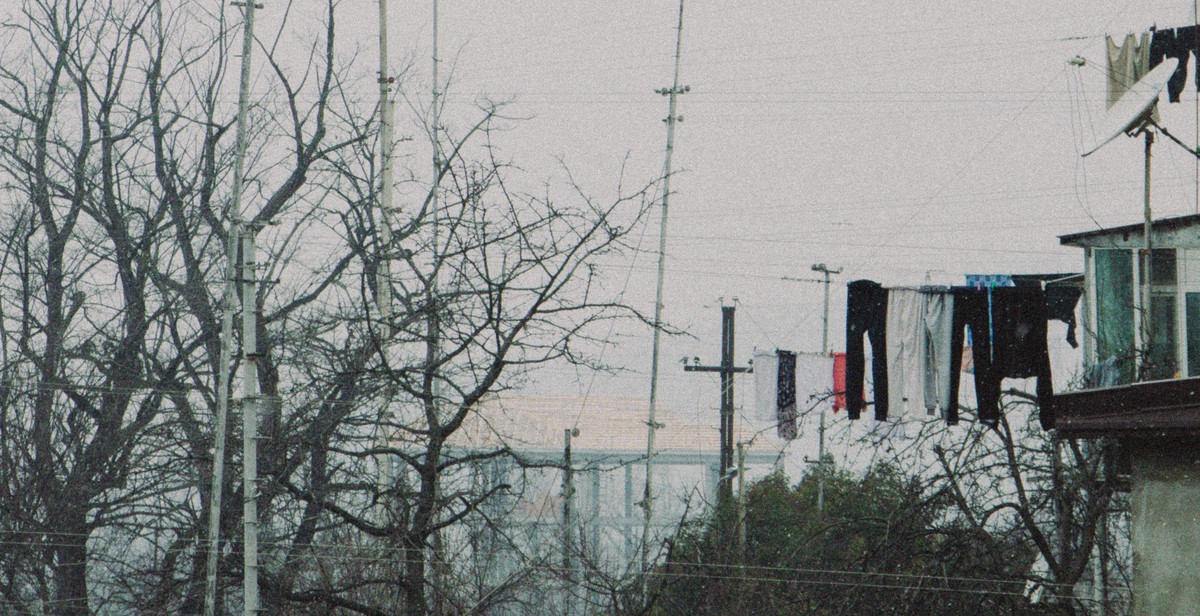How to Interpret Weather Radar: Understanding Radar Images for Tracking Storms
As a professional meteorologist with over 10 years of experience, I have seen firsthand the importance of interpreting weather radar images accurately. Radar images provide critical information about the location, intensity, and movement of storms, which is essential for forecasting and warning the public about severe weather events. However, interpreting radar images can be challenging, especially for those who are not familiar with radar technology and meteorological terminology.
In this article, I will provide a comprehensive guide on how to interpret weather radar images. I will explain the basics of radar technology, the different types of radar images, and how to read and analyze radar images to track storms. Additionally, I will share personal experiences and insights that will help readers understand the practical applications of radar interpretation.
The Importance of Understanding Weather Radar
Weather radar is an essential tool for meteorologists, emergency managers, and the general public. By providing real-time information on the location, intensity, and movement of storms, radar images can help predict severe weather events and issue timely warnings. Understanding how to interpret radar images can also help individuals make informed decisions about their safety and well-being during severe weather events.
Types of Weather Radar Images
- Reflectivity Images
- Velocity Images
- Composite Images
| Type of Image | What it Shows |
|---|---|
| Reflectivity | Intensity of precipitation |
| Velocity | Direction and speed of motion of precipitation |
| Composite | Combination of reflectivity and velocity images |
What is Weather Radar?
Weather radar is an essential tool for tracking storms and predicting weather patterns. It is a type of radar that is specifically designed to detect and measure weather phenomena such as precipitation, wind, and atmospheric motion. Weather radar can be used to track severe weather systems such as thunderstorms, hurricanes, and tornadoes.
Types of Weather Radar
There are two main types of weather radar: Doppler radar and non-Doppler radar. Doppler radar is the most commonly used type of weather radar and is used to detect motion in the atmosphere. This type of radar is capable of measuring the speed and direction of wind, as well as the velocity of precipitation particles. Non-Doppler radar, on the other hand, is used to detect the presence of precipitation but is not capable of measuring wind speed or direction.
How Does Weather Radar Work?
Weather radar works by emitting a pulse of electromagnetic energy into the atmosphere. This pulse of energy travels through the air until it encounters precipitation particles such as raindrops, snowflakes, or hailstones. When the energy pulse encounters these particles, some of the energy is reflected back to the radar antenna. The radar antenna then receives this reflected energy and uses it to create a picture of the precipitation pattern in the atmosphere.
The amount of energy that is reflected back to the radar antenna depends on the size, shape, and density of the precipitation particles. For example, large raindrops will reflect more energy than small raindrops, and hailstones will reflect more energy than raindrops. By analyzing the amount of energy that is reflected back to the radar antenna, meteorologists can determine the type and intensity of precipitation in the atmosphere.
Weather radar can also be used to detect wind patterns in the atmosphere. Doppler radar is capable of measuring the speed and direction of wind by analyzing the Doppler shift in the reflected energy. The Doppler shift is caused by the motion of precipitation particles in the atmosphere. By analyzing the Doppler shift, meteorologists can determine the speed and direction of wind in the atmosphere.
Overall, weather radar is an essential tool for tracking storms and predicting weather patterns. By using weather radar, meteorologists can provide accurate and timely weather forecasts, which can help people prepare for severe weather conditions.

Interpreting Weather Radar Images
Weather radar images can be complex and overwhelming, but with a little knowledge and practice, you can learn to interpret them like a pro. Here are some tips for understanding radar images for tracking storms:
Understanding Reflectivity
Reflectivity is the most basic and commonly used radar measurement. It indicates the intensity of the radar signal that is reflected back to the radar from precipitation or other objects in the atmosphere. The higher the reflectivity, the more intense the precipitation. Reflectivity is measured in decibels of Z (dBZ) and is color-coded on radar images. Lighter colors indicate weaker reflectivity, while darker colors indicate stronger reflectivity.
Identifying Precipitation Types
Radar images can help you identify the type of precipitation that is falling. Rain, snow, sleet, and hail all have different reflectivity signatures. Rain typically appears as a lighter green or yellow color, while snow appears as a darker blue or purple color. Sleet usually appears as a mix of blue and green, while hail appears as a bright pink or red color. By understanding these reflectivity signatures, you can better predict the type of precipitation that is falling.
Tracking Storms
Radar images are essential for tracking storms and predicting their movement. By analyzing the reflectivity patterns and movement of storms on radar images, you can determine the direction and speed of the storm. This information can help you predict when the storm will arrive in your area and how severe it will be. It’s also important to pay attention to any rotation or hook-shaped patterns on radar images, as these can indicate the formation of a tornado.
Conclusion
Interpreting weather radar images takes practice and experience, but with these tips, you’ll be well on your way to understanding radar images for tracking storms. Remember to pay attention to reflectivity, precipitation types, and storm movement to make the most accurate predictions.
Tips for Using Weather Radar
Weather radar is an essential tool for tracking storms and staying safe during severe weather. Here are some tips for using weather radar to its fullest potential:
1. Understand the Basics
Before you start interpreting radar images, it’s important to understand the basics of how radar works. Radar sends out radio waves that bounce off of precipitation in the atmosphere. The radar then detects the bounced signal and uses it to create an image of the precipitation. These images can help you track the movement and intensity of storms.
2. Use Multiple Sources of Information
While weather radar is a powerful tool, it’s not the only source of information you should rely on during severe weather. Be sure to also check your local weather forecast, listen to NOAA weather radio, and keep an eye on social media for updates from local officials.
3. Look for Patterns
When interpreting radar images, look for patterns in the precipitation. For example, if you see a line of storms moving across the radar image, it could indicate a cold front moving through the area. If you see a large area of green on the radar, it could indicate light rain, while a smaller area of yellow or red could indicate heavier rain or even hail.
4. Keep an Eye on the Movement of Storms
One of the most important uses of weather radar is to track the movement of storms. Pay attention to the direction and speed of storms, as well as any changes in their intensity. This information can help you make informed decisions about when to seek shelter or evacuate.
5. Stay Safe During Severe Weather
Remember, the most important thing during severe weather is to stay safe. If you see a severe storm on the radar, take shelter immediately. Do not wait for official warnings to be issued. Stay tuned to local weather updates and follow the instructions of local officials.
6. Practice Makes Perfect
Interpreting weather radar takes practice and experience. Take the time to study radar images during different types of weather events, and compare them to the actual weather conditions you experience. Over time, you’ll become more proficient at using radar to track storms and stay safe during severe weather.

Conclusion
Interpreting weather radar images is an essential skill for anyone who wants to track storms. With the right tools and knowledge, you can stay safe and make informed decisions about your outdoor activities.
In this guide, we’ve covered the basics of radar technology, the different types of radar images, and how to read them. We’ve also discussed the importance of understanding weather patterns and how to use radar data to make accurate predictions.
Remember, weather radar images are just one tool in your arsenal for tracking storms. Always stay up-to-date on the latest weather forecasts and warnings, and never hesitate to seek shelter if a storm is approaching.
Final Thoughts
As someone who has spent countless hours interpreting weather radar images, I can tell you that it’s a skill that takes time and practice to master. But with patience and perseverance, you can become an expert in no time.
So don’t be intimidated by radar images – embrace them as a powerful tool for staying safe and informed during severe weather events.
- Always stay alert and aware of changing weather patterns.
- Use multiple sources of information to make informed decisions.
- Practice interpreting radar images on a regular basis.
- And most importantly, stay safe!
Thank you for reading, and happy storm tracking!
